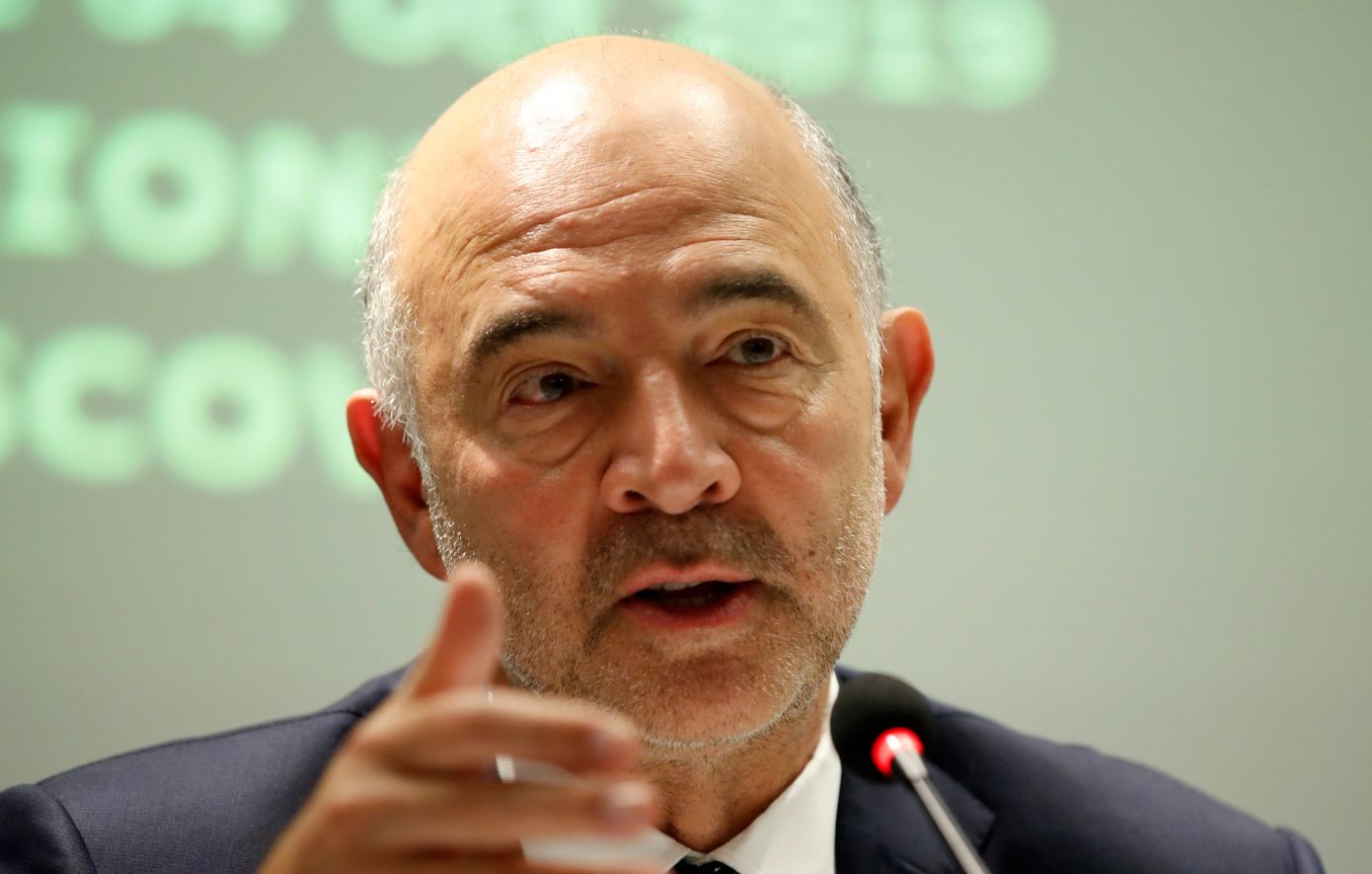Since October, Ethereum has seen an increase in the number of validators coming out, which has led to a reduction in staked coins and slowed down issuance. This was noticed by Glassnode.
The growth rate of the #Ethereum validator set has slowed in recent weeks as an increasing number of validators voluntarily exit, slowing the rate of ETH issuance.
Alongside increasing ETH burnt via EIP1559 due to growing network activity, the ETH supply has turned… pic.twitter.com/xMrQRe7opO
— glassnode (@glassnode) November 28, 2023
After activation Shanghai There was a surge in validators leaving staking. The latter received accumulated rewards and could change service providers.
From May to September, the number of such participants per day averaged 380. Since the beginning of October, this value has increased to 1018 (at its peak 2925). Analysts attributed the surge to the rise in the price of Ethereum.
Against the backdrop of the above trend, the daily growth rate of ETH staked has slowed from 2% in May to 0.1–1% since mid-October. In recent days, for the first time since activation, Shanghai has become negative.
The withdrawal of validators was generally voluntary. During the period under review, only two slashing episodes occurred (20 and 100 Lido Finance and Bitcoin Suisse validators, respectively).
Experts have determined that “outgoing” validators are primarily associated with CEX (Kraken and Coinbase dominate here) and LSD providers (Lido Finance). Analysts explained that the mentioned players are also leaders in terms of inflows of funds into staking.
Analysts have offered four explanations for this behavior:
- the desire to transfer assets from CEX to LSD providers (possibly due to continued regulatory uncertainty);
- reorientation to safer assets such as US Treasuries against the backdrop of their increased yields;
- preference for liquidity in anticipation of the development of an uptrend, as opposed to blocking assets in staking.
In terms of net changes, Lido Finance continued to strengthen its dominance – after Shanghai, the protocol attracted 391,000 ETH. Negative dynamics among CEX were recorded in HTX (-44,000 ETH) and Kraken (-19,400 ETH).
The daily rate of Ethereum emission, which depends on the number of active validators, has slowed down to 0.5% on average over the last seven days. In recent days, the indicator has become negative.
Against the backdrop of increased network activity, commission burning under EIP-1559 exceeded emission. As a result, online inflation gave way to deflation. If on October 12, 899 ETH were burned per day, then on November 9, the figure jumped to 5368 ETH. This was accompanied by an increase in gas prices by 265%.
Analysts noted that the increase in network activity in recent weeks was not associated with transactions with DeFi and NFTs – over the past four months, their number fell by 57% and 3%, respectively.
This time the driver was the transfer of tokens and stablecoins. Over the past three months, the figures have increased by 8.2% and 19%, respectively.
After the London hard fork, ETH went from pure inflation to a state of equilibrium and deflation. Between August and October, as a result of a decrease in network activity, supply growth rates returned to positive.
In recent weeks, as a result of both a decrease in the rate of emission and an increase in the volume of commissions burned, the number of coins in circulation has again begun to decline.
Source: Cryptocurrency
I am an experienced journalist and writer with a career in the news industry. My focus is on covering Top News stories for World Stock Market, where I provide comprehensive analysis and commentary on markets around the world. I have expertise in writing both long-form articles and shorter pieces that deliver timely, relevant updates to readers.







